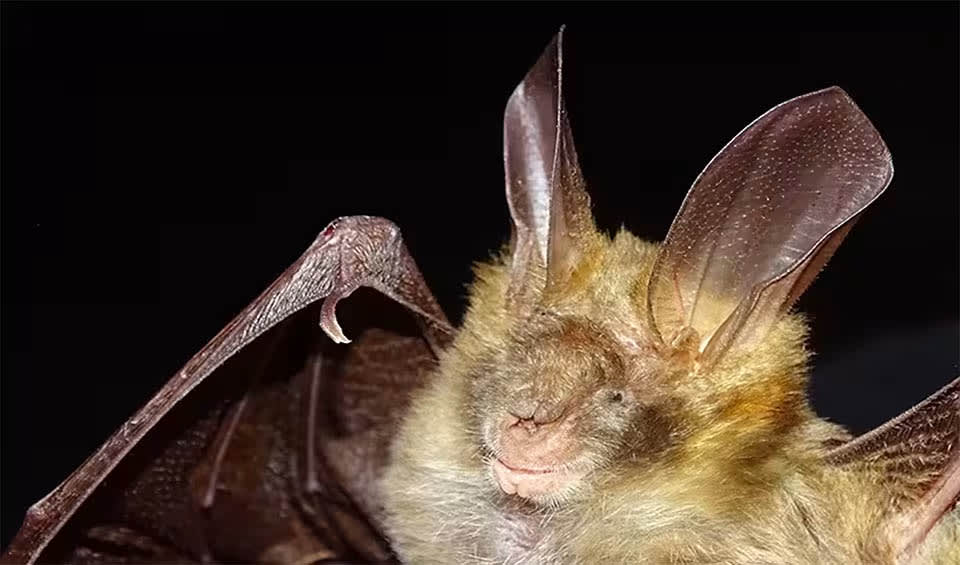Nycteris – Slit-faced bats
These bats get their name from the depression in their skulls that runs down the middle of their face
These nocturnal creatures are distinguished by a notable anatomical feature: a distinct slit that runs from the middle of their forehead down to their noses. The purpose of this slit remains a topic of scientific curiosity and speculation, with prevailing theories suggesting it may play a role in enhancing their echolocation abilities. Despite this, it is understood that Nycterids rely heavily on their exceptionally developed ears, rather than the slit, to navigate and hunt, utilizing the sounds produced by their prey to locate them in the darkness.
Inhabiting diverse environments across Southeast Asia and Africa, Nycteris bats have adapted to various habitats, from dense tropical forests to arid savannas. This adaptability is reflected in their varied diet, consisting primarily of insects, spiders, and scorpions. However, their dietary preferences are not limited to small arthropods; larger species within the Nycteris genus have been known to consume frogs and even small birds, showcasing their versatility as predators.
One of the most distinctive and unique features of the Nycteris bats, aside from the slit on their faces, is the specialized T-shaped cartilage found at the tips of their tails. This structure is unique to the Nycteris genus and is not found in any other bats or mammals. The function of this T-shaped cartilage remains largely enigmatic but is believed to contribute to the bats’ aerodynamic efficiency and maneuverability during flight, possibly aiding in the stabilization of flight patterns or in the amplification of echolocation signals.
Nycteris bats play a crucial role in their ecosystems as pest controllers, consuming large quantities of insects nightly. Their presence helps regulate insect populations, which can have direct benefits for agriculture by reducing the number of crop pests and indirectly promoting biodiversity by maintaining ecological balance.
Species in this genus
Egyptian slit-faced bat
Often called ‘whispering’ bats because their echolocation used to access the area and prey location are low intensity and not strong


